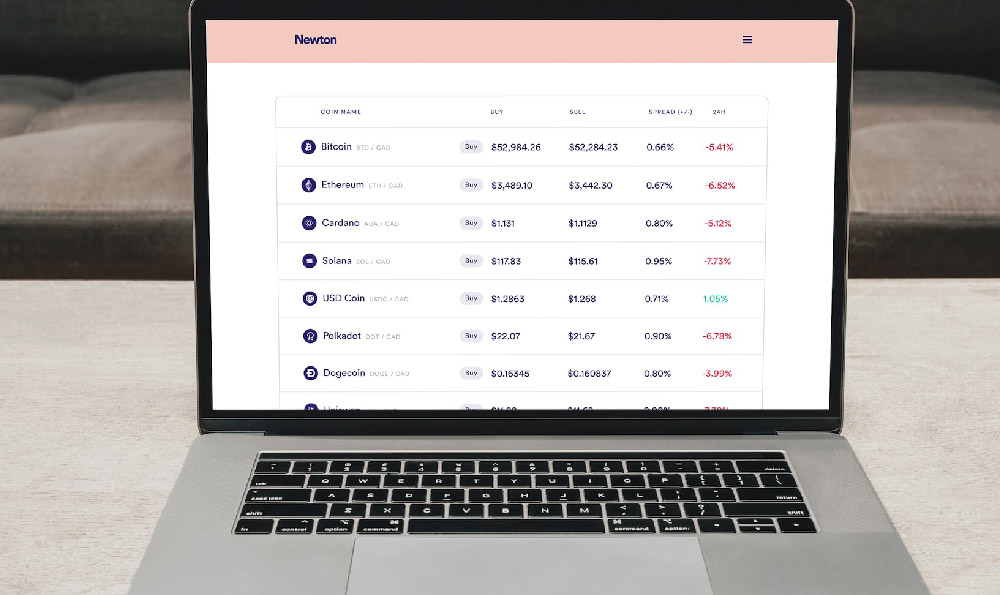Selling on eBay presents a unique opportunity for individuals to generate income through online marketplaces, yet the potential earnings vary significantly depending on several factors. Whether you're a beginner exploring side hustles or an experienced entrepreneur looking to scale your business, understanding the dynamics of eBay's ecosystem is crucial to maximizing profitability. The platform's vast user base, robust auction system, and global reach create a fertile ground for commerce, but success isn't guaranteed without strategic planning and adaptability. Realistic expectations, combined with a deep grasp of market trends and operational nuances, can help sellers navigate the complexities of the platform and capitalize on its potential.
The earning potential on eBay is closely tied to the type of products you offer and the niche you target. High-demand categories such as electronics, vintage collectibles, or niche hobbies often command premium prices, but they also attract fierce competition. Conversely, specialized items with limited availability, like rare books or unique artisan goods, may yield higher margins despite smaller volumes. A seasoned seller might begin by analyzing historical sales data within their desired category, identifying items that consistently sell above average while maintaining reasonable profit margins. For example, a study by Statista revealed that sellers in the "electronics" category saw an average profit rate of 20-35%, but those who focused on refurbished devices often achieved even better results due to lower production costs and high demand. The key lies in selecting products that align with both market demand and your personal expertise or resources.
Market research plays an equally vital role in determining how much you can make on eBay. Successful sellers often dedicate time to understanding buyer behavior, seasonal trends, and emerging consumer preferences. Utilizing eBay's built-in tools, such as the "Selling Insights" platform, can provide valuable data on search volumes, conversion rates, and category performance. Additionally, analyzing competitor listings allows sellers to identify pricing strategies, promotional tactics, and inventory management techniques that could enhance their own offerings. For instance, during the holiday season, demand for holiday-themed items or gift-related products typically surges, creating a window for significant profit. However, sellers must also anticipate market saturation and adjust their inventory accordingly to avoid oversupply and declining prices.

Profitability on eBay also depends on the efficiency of your operations and the ability to minimize overhead costs. From sourcing high-quality products to optimizing shipping and packaging, every step in the supply chain can impact your bottom line. A well-organized seller might focus on bulk purchasing to reduce per-unit costs, leveraging eBay's marketplace to access suppliers with competitive pricing. Logistics optimization is another critical area, as shipping fees and delivery times directly affect buyer satisfaction and resale value. For example, offering expedited shipping options or using eco-friendly packaging can enhance your reputation while potentially reducing long-term costs through repeat sales. Moreover, mastering eBay's platform-specific features, such as TurboStore for faster listing creation and Seller Hub for inventory management, can streamline operations and improve time-to-market efficiency.
While eBay offers opportunities for financial growth, it's essential to recognize the inherent risks associated with selling on the platform. Market volatility can lead to sudden shifts in demand, making it crucial to diversify your product offerings and avoid over-reliance on a single item or category. Platform policies, including changes to seller fees or refund procedures, can also impact profitability, requiring sellers to stay informed and adaptable. Additionally, the prevalence of counterfeit products and marketplace fraud necessitates a cautious approach to listing and customer interactions. Implementing secure payment methods, such as PayPal's protection policies, and maintaining accurate product descriptions can mitigate these risks and build trust with buyers. Strategic use of eBay's buyer protection features, like the 100% Money Back Guarantee, also fosters a positive selling environment, encouraging repeat purchases and positive feedback.
Long-term success on eBay often hinges on the ability to innovate and evolve your business strategy. Top-performing sellers frequently invest in brand development, creating a recognizable identity that differentiates them from competitors. This might involve utilizing professional photography, crafting compelling product titles with relevant keywords, and maintaining consistent branding across all listings. Additionally, leveraging eBay's advertising tools, such as Promoted Listings, can increase visibility and drive traffic to your store. However, these tools require careful budget management to ensure a positive return on investment. Diversifying your sales channels by integrating with other platforms or exploring dropshipping models can further expand your reach, but each approach carries its own set of challenges and benefits.
It's important to approach eBay selling with a clear understanding of its limitations and the need for continuous adaptation. While the platform provides a valuable avenue for income generation, it's not a get-rich-quick scheme. Success requires a balance between strategic planning, operational efficiency, and market awareness. By focusing on quality, innovation, and customer satisfaction, sellers can position themselves for sustained profitability. However, they must also remain vigilant against potential pitfalls, ensuring that their business practices align with both platform guidelines and responsible financial management. With dedication and a long-term mindset, the earning potential on eBay can be substantial, offering a rewarding path for those willing to invest time and effort into mastering the marketplace.












